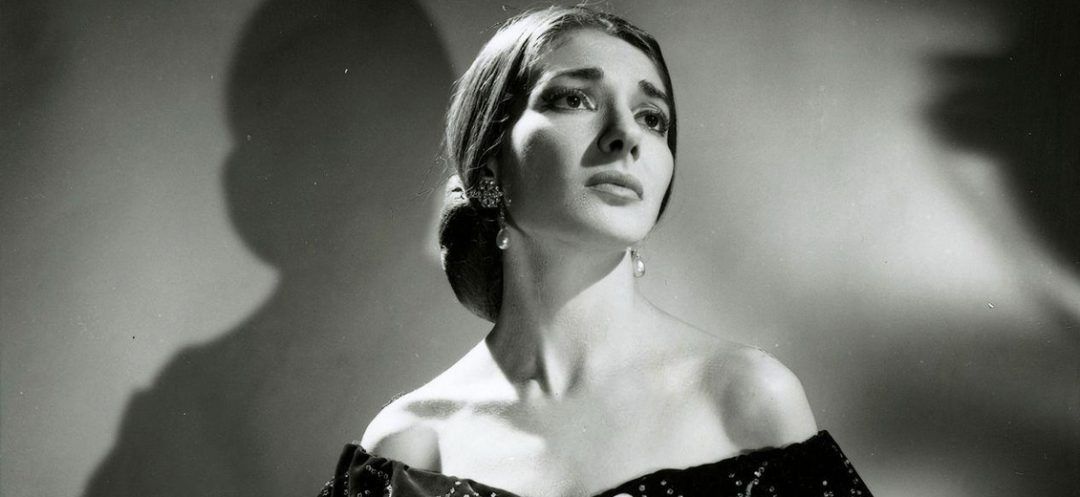
Maria Callas, the Greek-American soprano, remains an iconic figure in the world of opera nearly 47 years after her death. As the Venice Film Festival premieres Maria, a biopic directed by Chilean filmmaker Pablo Larrain and starring Angelina Jolie, we look back at some of the defining moments in the life of the “prima donna assoluta” who would have celebrated her 100th birthday last December.
The Birth of a Star
Born Maria Kalogeropoulou, Callas had already been singing for eight years when she met Giovanni Battista Meneghini, an industrialist 28 years her senior, in 1947. Meneghini became her impresario and husband, and married her in 1949. On August 2, 1947, Callas received a standing ovation for her performance in Ponchielli’s “La Gioconda” at the Verona Arena, marking the emergence of a new star.
Transformation and Triumph
In 1954, Callas underwent a dramatic physical transformation, losing 30 kg (66 lbs) and evolving into the ultimate diva. She performed at the world’s most prestigious opera houses, never sparing her voice. Her impact was such that, as AFP noted at the time of her death, “since she forced opera to remember that it was also a theatrical manifestation, parades of pot-bellied singers and chubby cantatrices coming to push their air on the front of the stage are no longer acceptable.”
The Rome Scandal
On January 2, 1958, Callas opened the season at the Rome Opera in the presence of the Italian President. At the end of the first act of Norma, she claimed to have lost her voice and refused to continue, despite some boos from the upper balcony during one of her arias. The management denounced the temperamental diva’s whim. Shortly after, an “exhausted and worn-out” Callas confided to an AFP journalist in Paris, “I suffered a lot on the evening in Rome.”
Onassis: The Great Love
Callas met Greek shipping magnate Aristotle Onassis in 1959 and separated from Meneghini. What followed were nine years of passionate love. “Late at night, he could be seen with Callas in an Athenian tavern where, having taken off his jacket and untied his tie, he would shower the orchestra with gold and, following Greek custom, smash piles of plates,” AFP later reported. The romance ended in 1968 when Onassis married Jackie Kennedy.
Farewell to Opera
Callas bid farewell to opera in 1965. On February 20, she triumphed in Tosca in Paris, with the AFP journalist noting the audience’s fervor for the cantatrice who was “more sensitive than ever, even if she sometimes lacks breadth.” On May 29, she collapsed at the end of the third act. Despite medical advice, she took the stage one last time on July 5 in London before Queen Elizabeth II.
Final Curtain
In 1973, Callas embarked on a final international recital tour. In Paris, “bouquets rained down on the stage, accompanied by ovations and ‘Viva Maria,’” but critics were “less enthusiastic,” with AFP reporting that while “the technique and musicality of the voice were not in question, the high notes were deemed particularly painful.”
On September 16, 1977, Maria Callas died of a heart attack at her Paris home at the age of 53. Michel Glotz, her former artistic director, recalled, “I just saw her on her bed. It was the very image of La Traviata as she played it in 1956 at La Scala in Milan. Her face doesn’t have a wrinkle. She looks like she’s resting.”
Maria Callas’s legacy endures as a testament to her unparalleled artistry, passion and dedication to her craft. Her life, marked by triumphs and tribulations, continues to captivate audiences decades after her final bow.
With AFP
Read more




Comments